In a new patent filing discovered by AppleInsider this week, the Cupertino-based company notes that flat-panel computer displays have traditionally been lit by cold cathode fluorescent lamps ("CCFL").
It explains, however, that CCFL technology has not kept pace with advances in other technologies that have reduced the size and weight of many of the other display components. In addition, the entire display must often be replaced once a CCFL lamp burns out.
As such, Apple explains that light-emitting diodes ("LEDs") technology offers attractive alternatives to CCFLs because they are much thinner and do not require many of the weighty power supply systems that CCFLs do.
"However, one LED is not sufficient to light an entire display," the company said. "Furthermore, some LEDs may have a shorter operating life then a CCFL, and replacing an entire display due to a failed LED can be costly."
The Mac maker's solution is to develop a quick and cost effective removable LED light strip that does not require the replacement of an entire screen, and instead slides in and out of the base of a flat-panel display in very much the same way a memory card sides in and out of a digital camera.
"Thus, for example, if the removable light strip or portions thereof fail, the removable light strip may be readily, quickly, and inexpensively removed from the screen for quick replacement," the company said. "Similarly, as light source technologies continue to improve over time, newer and better performing removable light strips can be easily exchanged for earlier ones, as desired."
More specifically, Apple said its concept calls for side firing LEDs to be mounted on and electrically connected to one another via a flexible strip with a power feed contact that connects to the screen. The LEDs would each be spaced the same distance from each other on the flexible strip, which would folded back on itself to form a folded flex once inserted into the base of the display.
While design rules for electrical connections have long limited how closely LEDs may be mounted to each other on a flexible strip, Apple said it "unexpectedly discovered" during its experimentation that increased LED density can be achieved, not by decreasing, but rather by increasing the spacing between the LEDs on the flex strip because it results in a decrease in spacing once the strip is folded.
"Thus, the LEDs can be mounted on the folded flex with maximum density and little or no space at all between the LEDs," the company said.
An alternative method described in the filing would forgo a single foldable LED strip for two separate strips: one that would be inserted into the top of the display and one that would be inserted into the bottom.
The invention is credited to Apple employees Victor Yin and John Zhong.
 AppleInsider Staff
AppleInsider Staff


-m.jpg)






 Malcolm Owen
Malcolm Owen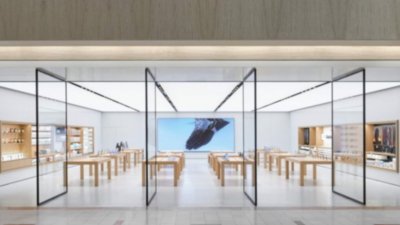
 Andrew Orr
Andrew Orr
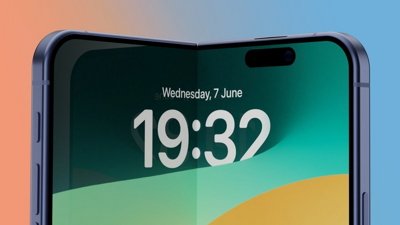
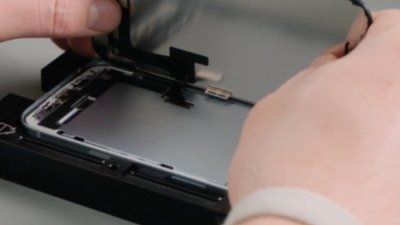
 William Gallagher
William Gallagher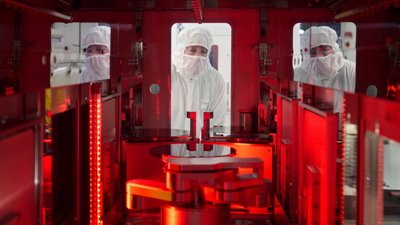
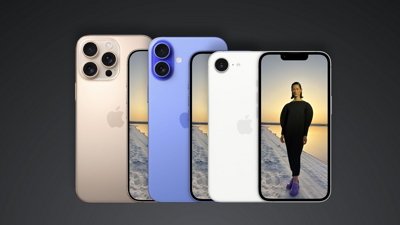

 William Gallagher and Mike Wuerthele
William Gallagher and Mike Wuerthele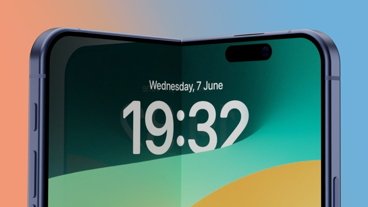
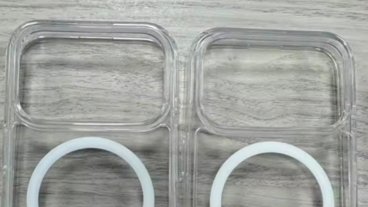
-m.jpg)






43 Comments
Ok, the first thing I'd do is replace it with a sweet neon strip.
This is a great idea. After inverters, the backlight is the most frequent part of LCDs to die. With the exception of impact damage, the actual LCD matrix generally doesn't die. It's doubtful that they would make the backlight user-serviceable, but having it a similar repair to an inverter would save a lot of people a lot of money.
A user replaceable part like this? Coming from the company that refuses to put a "user replaceable" battery in all of their music players, and even a laptop? A company that has no user serviceable drives in their pro series laptops, and same for their iMac. Seriously?
All negative thoughts aside, I think all companies should adopt this type of an idea for their screens, even TV manufactures. LED's aren't exactly cheap (will get cheaper), but makes it so if something does go wrong, we don't have to shell out $600 in order to replace only the lamp in our screens.
I seriously hope Apple does do this in their displays in the future. My thoughts of the company would improve if they do things more like this!
I can see other people wanting to have a certain color temperature light in their computer depending on what they do.
wow, imagine that -- modular design. Kinda like the original IBM-PC design with separate cards which, when designed to spec, can be plugged into the system bus to extend functionality. Or, a more relevant analogy, separating the power supply from the motherboard in a way that one can be replaced independently of the other.
I'm certainly not expecting that Apple will actually design a open spec for this so that third parties can create parts (thus reducing the cost through competition), but just the fact that they're actually considering making something like this user serviceable is a good sign.
A user replaceable part like this? Coming from the company that refuses to put a "user replaceable" battery in all of their music players, and even a laptop? A company that has no user serviceable drives in their pro series laptops, and same for their iMac. Seriously?
All negative thoughts aside, I think all companies should adopt this type of an idea for their screens, even TV manufactures. LED's aren't exactly cheap (will get cheaper), but makes it so if something does go wrong, we don't have to shell out $600 in order to replace only the lamp in our screens.
I seriously hope Apple does do this in their displays in the future. My thoughts of the company would improve if they do things more like this!
I can see other people wanting to have a certain color temperature light in their computer depending on what they do.
I don't see Apple ever putting this on the outside of their case (can you really see Jobs allowing there to be extra cracks/lines in the exterior casing?)... but I could see if you remove the outer case that this invention would still be useful as a technician-replacable mechanism.